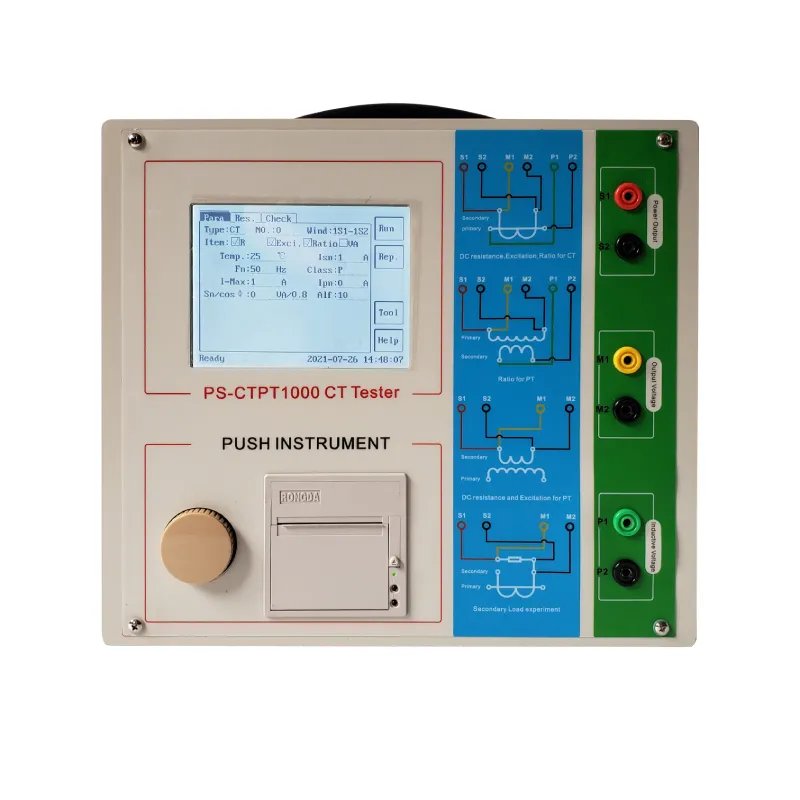TEL:
+86-0312-3189593
 English
English

Telephone:0312-3189593

Email:sales@oil-tester.com

-
 Afrikaans
Afrikaans -
 Albanian
Albanian -
 Amharic
Amharic -
 Arabic
Arabic -
 Armenian
Armenian -
 Azerbaijani
Azerbaijani -
 Basque
Basque -
 Belarusian
Belarusian -
 Bengali
Bengali -
 Bosnian
Bosnian -
 Bulgarian
Bulgarian -
 Catalan
Catalan -
 Cebuano
Cebuano -
 China
China -
 China (Taiwan)
China (Taiwan) -
 Corsican
Corsican -
 Croatian
Croatian -
 Czech
Czech -
 Danish
Danish -
 Dutch
Dutch -
 English
English -
 Esperanto
Esperanto -
 Estonian
Estonian -
 Finnish
Finnish -
 French
French -
 Frisian
Frisian -
 Galician
Galician -
 Georgian
Georgian -
 German
German -
 Greek
Greek -
 Gujarati
Gujarati -
 Haitian Creole
Haitian Creole -
 hausa
hausa -
 hawaiian
hawaiian -
 Hebrew
Hebrew -
 Hindi
Hindi -
 Miao
Miao -
 Hungarian
Hungarian -
 Icelandic
Icelandic -
 igbo
igbo -
 Indonesian
Indonesian -
 irish
irish -
 Italian
Italian -
 Japanese
Japanese -
 Javanese
Javanese -
 Kannada
Kannada -
 kazakh
kazakh -
 Khmer
Khmer -
 Rwandese
Rwandese -
 Korean
Korean -
 Kurdish
Kurdish -
 Kyrgyz
Kyrgyz -
 Lao
Lao -
 Latin
Latin -
 Latvian
Latvian -
 Lithuanian
Lithuanian -
 Luxembourgish
Luxembourgish -
 Macedonian
Macedonian -
 Malgashi
Malgashi -
 Malay
Malay -
 Malayalam
Malayalam -
 Maltese
Maltese -
 Maori
Maori -
 Marathi
Marathi -
 Mongolian
Mongolian -
 Myanmar
Myanmar -
 Nepali
Nepali -
 Norwegian
Norwegian -
 Norwegian
Norwegian -
 Occitan
Occitan -
 Pashto
Pashto -
 Persian
Persian -
 Polish
Polish -
 Portuguese
Portuguese -
 Punjabi
Punjabi -
 Romanian
Romanian -
 Russian
Russian -
 Samoan
Samoan -
 Scottish Gaelic
Scottish Gaelic -
 Serbian
Serbian -
 Sesotho
Sesotho -
 Shona
Shona -
 Sindhi
Sindhi -
 Sinhala
Sinhala -
 Slovak
Slovak -
 Slovenian
Slovenian -
 Somali
Somali -
 Spanish
Spanish -
 Sundanese
Sundanese -
 Swahili
Swahili -
 Swedish
Swedish -
 Tagalog
Tagalog -
 Tajik
Tajik -
 Tamil
Tamil -
 Tatar
Tatar -
 Telugu
Telugu -
 Thai
Thai -
 Turkish
Turkish -
 Turkmen
Turkmen -
 Ukrainian
Ukrainian -
 Urdu
Urdu -
 Uighur
Uighur -
 Uzbek
Uzbek -
 Vietnamese
Vietnamese -
 Welsh
Welsh -
 Bantu
Bantu -
 Yiddish
Yiddish -
 Yoruba
Yoruba -
 Zulu
Zulu
Januari . 22, 2025 00:47
Back to list
oil dielectric breakdown voltage test
The oil dielectric breakdown voltage test is an essential evaluation for assuring the reliability and safety of electrical insulation systems in transformers and other high-voltage equipment. This test, grounded in rigorous scientific principles and industry standards, serves as a pivotal measure of an oil's insulating capability. When conducted methodically, it offers valuable insights that ensure systems function efficiently without unexpected interruptions.
The authority of performing reliable and accurate dielectric breakdown voltage tests stems from adherence to industry standards such as ASTM D1816 or IEC 60156, which provide robust frameworks for test conditions and methodologies. Professionals in the field endeavor to stay updated with these standards to ensure their practices meet the highest levels of precision and reliability. Authoritative practice is not only about executing tests; it's about integrating test results into comprehensive system diagnostics, enhancing the overall predictive maintenance strategy. Trustworthiness in reporting dielectric breakdown voltage test results is paramount. Organizations rely on these results to make critical decisions regarding the operation and maintenance of high-value electrical assets. Misinterpretation or inaccuracy in test findings can lead to catastrophic equipment failures, underscoring the necessity of trustworthy execution and documentation of the testing procedures. Quality assurance measures, including cross-verification of results and regular calibration of testing instruments, form the backbone of a trustworthy testing environment. In conclusion, the oil dielectric breakdown voltage test is a cornerstone of electrical maintenance that marries technical expertise with practical experience. Its execution affects crucial operational decisions, impacting not just the longevity of equipment but also safety protocols. Industry professionals must continuously refine their skills, uphold stringent standards, and foster transparent practices to ensure the successful application of this critical test. As technology and standards evolve, so too must the methodologies and insights guiding this essential aspect of electrical system maintenance, ensuring it remains a credible, authoritative, and trustworthy pillar of industry practice.


The authority of performing reliable and accurate dielectric breakdown voltage tests stems from adherence to industry standards such as ASTM D1816 or IEC 60156, which provide robust frameworks for test conditions and methodologies. Professionals in the field endeavor to stay updated with these standards to ensure their practices meet the highest levels of precision and reliability. Authoritative practice is not only about executing tests; it's about integrating test results into comprehensive system diagnostics, enhancing the overall predictive maintenance strategy. Trustworthiness in reporting dielectric breakdown voltage test results is paramount. Organizations rely on these results to make critical decisions regarding the operation and maintenance of high-value electrical assets. Misinterpretation or inaccuracy in test findings can lead to catastrophic equipment failures, underscoring the necessity of trustworthy execution and documentation of the testing procedures. Quality assurance measures, including cross-verification of results and regular calibration of testing instruments, form the backbone of a trustworthy testing environment. In conclusion, the oil dielectric breakdown voltage test is a cornerstone of electrical maintenance that marries technical expertise with practical experience. Its execution affects crucial operational decisions, impacting not just the longevity of equipment but also safety protocols. Industry professionals must continuously refine their skills, uphold stringent standards, and foster transparent practices to ensure the successful application of this critical test. As technology and standards evolve, so too must the methodologies and insights guiding this essential aspect of electrical system maintenance, ensuring it remains a credible, authoritative, and trustworthy pillar of industry practice.
Previous:
Latest news
-
Testing Equipment Industry Sees Major Advancements in 2025: Smart & Precision Technologies Lead the WayNewsJun.06,2025
-
Applications of Direct Current Generators in Renewable Energy SystemsNewsJun.05,2025
-
Hipot Tester Calibration and Accuracy GuidelinesNewsJun.05,2025
-
Digital Circuit Breaker Analyzer Features and BenefitsNewsJun.05,2025
-
Benefits of Real-Time Power Quality Monitoring Devices for Industrial EfficiencyNewsJun.05,2025
-
Earth Fault Loop Testing in High-Rise Building Electrical SystemsNewsJun.05,2025



